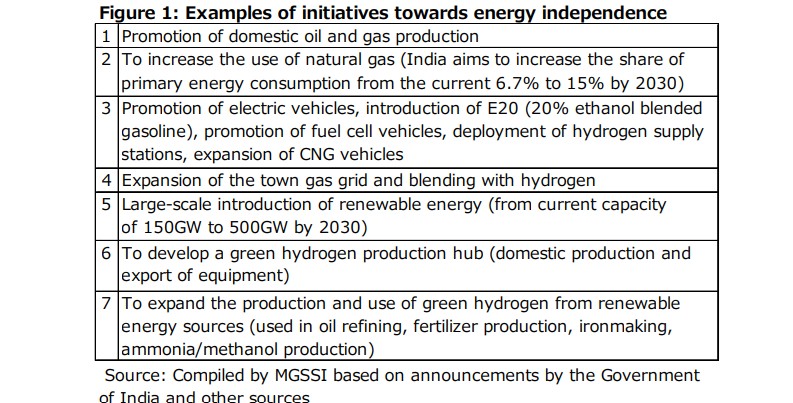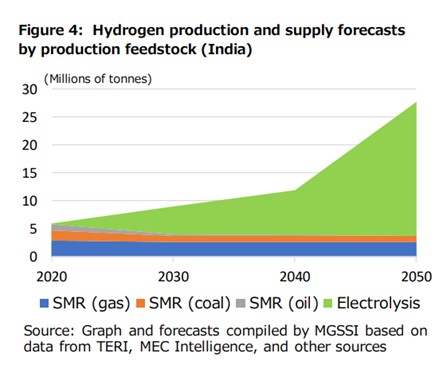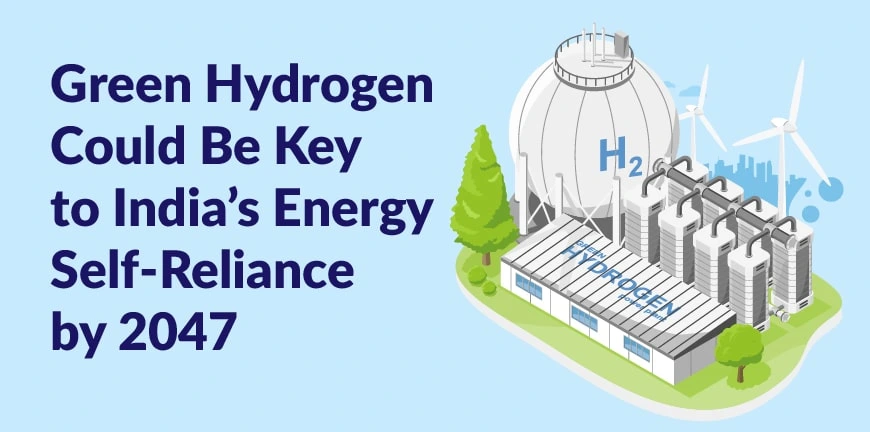
What is Nearshore Staffing? Benefits, Challenges, Best Practices
15/01/2025
Generational Shifts: Managing and Engaging the Gen Z and Alpha Workforce
20/01/2025From giving a bright finish to metals during the process of annealing to creating ammonia rich fertilizers that nourish our lands, hydrogen has a key role to play. With the introduction of hydrogen engines in cars and possibly even trains, hydrogen could replace fossil fuels and electricity soon. Hydrogen is useful in petroleum refining as well.
But There is a Downside to It
Hydrogen is the future of clean energy too wherever it can be used. Things were looking up so far, but here’s where it starts to get out of hand. Most of the hydrogen that is used in commercial and industrial applications is not sourced in a clean way. To produce the hydrogen that is used, fossil fuels need to be burnt. This is of course the easier way of doing things, but it emits a large volume of CO2, a greenhouse gas, into the atmosphere.
What’s the Better Alternative?
The cleaner and more energy consuming yet sustainable way of producing hydrogen is using green electrolysis. With current usage patterns, India’s expected demand for hydrogen will touch 9 million tons by 2030. The Government of India wants 5 million tons of this to be green hydrogen, to achieve the high goals it has set itself in sustainability. And green electrolysis could be the answer.
Why Are We Not Already Using Electrolysis?
What is the obstacle to this approach then? Why can we not abandon the use of fossil fuels and use green electrolysis instead to generate green hydrogen? Of course, if there were no outright roadblocks to implementing this on a larger scale, then this would have been the norm. But high costs, very low efficiencies, and the need to invest heavily in the infrastructure are problems that have kept this from working out for India.
Because of our financial capabilities in the past, it was always considered more reasonable to burn fossil fuels to generate hydrogen than use the much cleaner method of green electrolysis. But India is one of the fastest growing economies in the world, and while China seems to be slowing down, India shows no signs of this.
In this article, we will try and understand why India needs to achieve ‘energy independence’, how it can achieve this, and why green hydrogen could be key to achieving this, without going against the provisions of recent climate and greenhouse gas emission-related protocols and agreements.
What Is Energy Independence?
Energy independence is when a country or region can generate its own energy and does not need to depend on another country for its energy upkeep. Energy independence is a measure of the country’s self-reliance in energy and is not a synonym for clean energy generation or a country’s capability to develop green energy.
5 Reasons Why Energy Independence Is Important
According to the latest report from the Government of India, the net energy import dependency was 40.67% in 2021-22 and 39.27% in 2022-2023. The numbers may have marginally improved in 2024, but we have no figures available yet. What if India was able to achieve energy independence? A report by the Berkeley Institute claims that India can be self-reliant by 2047. Let us now look at the benefits if we are indeed able to achieve energy independence.
1. National Security
An energy surplus country is generally also a more developed country. When a country is no longer dependent on other more powerful countries for its energy needs, then it need not compromise on matters of its own national security.
2. Energy Security
A country that is energy independent can use its energy the way it wants to, without any constraints, and is unaffected by market fluctuations or other disruptions.
3. Job Creation
When the country is energy independent, then its domestic needs are well met, there is price stability, which will create steady jobs in clean energy and other new energy initiatives.
4. Environmental Protection
The country will have to focus on environmentally friendly solutions if it must meet its energy independence as the focus is also on sustainability. And as this also involves improving efficiency of energy generation, there will be little wastage, which also protects the environment.
5. Political Leverage
Eventually, and most importantly, energy independence gives you political leverage and helps you cement yourself as a more stable and powerful country. If you have surplus energy, it gives you political leverage too.
How is India Planning to Achieve Energy Independence?

[Source: Mitsui]
Mitsui conducted a study on how Green Hydrogen could be the driver of change in India’s march towards energy independence. In the above figure, we have detailed the initiatives that India is taking towards energy independence. First, India will be focusing on promotion of domestic oil and gas production. It also aims to increase the use of natural gas.
When it comes to automobiles (a big factor in India’s fight against pollution and for green energy), India has the greatest number of vehicles in Asia after China. The introduction of ethanol blending and fuel cells that support it reduces the need for crude oil imports. The expansion of CNG vehicles is India’s way of striving for more clean energy and reducing pollution.
The expansion of town gas grids and deployment of hydrogen supply stations also aids in India’s drive towards energy independence. The move to increase renewable energy generation from 150GW to 500GW by 2030 can also help with India achieving energy independence. The last two points, namely developing a green hydrogen production hub and the use of renewable energy sources to generate hydrogen are the two important initiatives by the Government of India to achieve India’s energy self-reliance by 2047.

[Source: Mitsui]
In the above figure, we have compared the production and supply forecasts based on the source used for hydrogen production. Electrolysis will be the most reliable source for hydrogen production and the one in most demand by the year 2050, as compared to coal, oil and gas. This projection and the sharp rise in hydrogen production made possible by electrolysis could also explain why many believe India will achieve energy self-reliance by 2047.
Driving Towards a Future with Green Hydrogen
It is estimated that the green hydrogen market could cumulatively add $340 billion to India’s GDP by 2050. The main source of demand for the 25 tons of hydrogen in 2050 is estimated to be the industrial and transportation sectors.
Recently, India’s Railway Minister Ashwini Vaishnaw announced the development of the world’s most powerful hydrogen-fuel run train engine, which has 1200 HP. The train is set for trials in Haryana, marking India’s strong foray into green energy. This is indeed proof that India is self-sufficient today in technical know-how and has the infrastructure and the necessary commitment for engineering research.
Closing Words
It is not long before green electrolysis becomes the main method for hydrogen production. Hydrogen trains travelling at three times the speed of Vande Bharat could soon be a reality. But they will need the tracks, commitment, necessary precautions and most importantly sufficient testing to get there. And India could be self-reliant and energy independent by 2047, but this will need careful planning and allocation of resources, long-term commitment, along with economic and political stability. If everything adds up, we may even be energy independent a little sooner than 2047. What are your views on this?
Contact Us For Business Enquiry

Rajkumar Shanmugam
Rajkumar Shanmugam is the Head of HR at ALP Consulting, bringing over 19 years of comprehensive HR leadership experience across India and international markets. His expertise spans talent acquisition, employee relations, performance management, compliance, and HR transformation. Rajkumar has a proven track record of driving people-centric initiatives, enhancing workplace culture, and aligning HR strategy with business goals. With extensive experience in US staffing operations and global mobility, he continues to lead organizational excellence through innovation and employee engagement.




